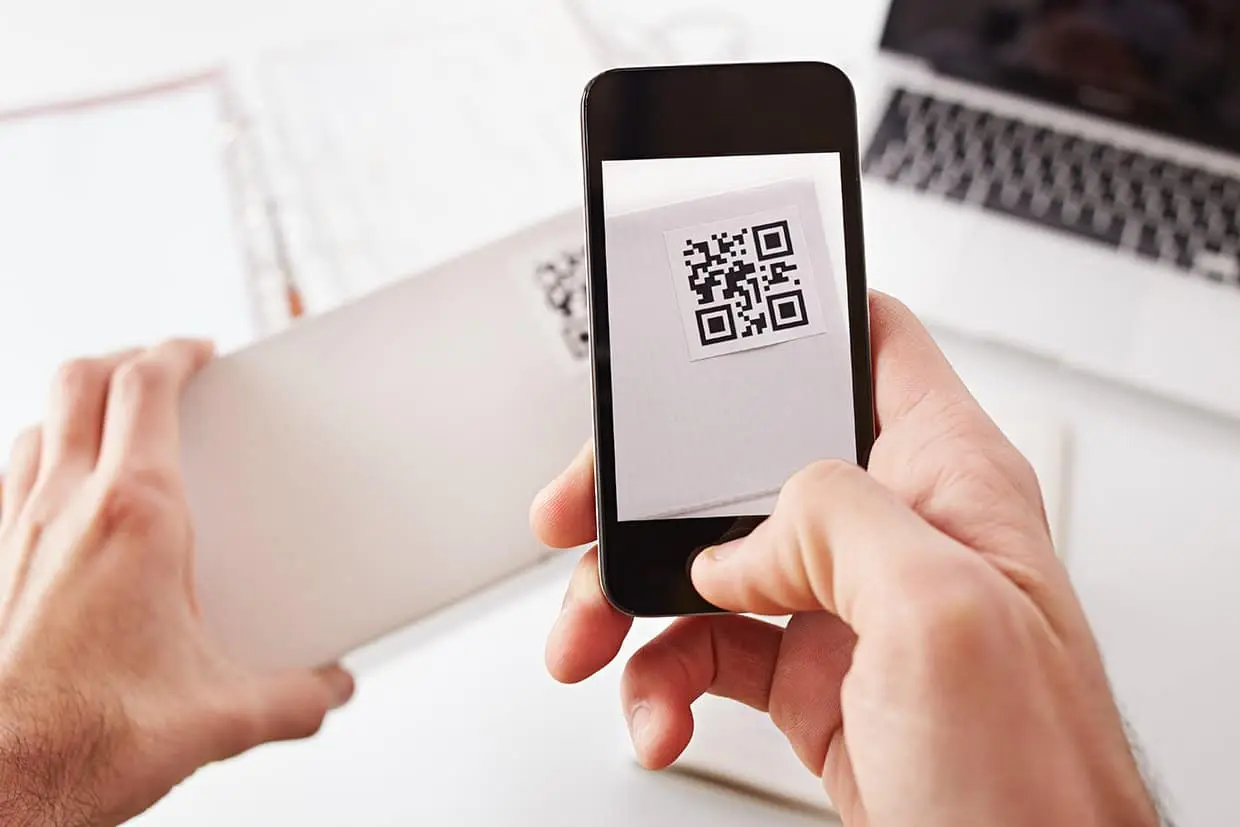Sometimes it’s the little things that make the biggest difference. I was reminded of this notion recently during coffee with a long-time friend and customer, Carl.
Carl and I are old enough to remember a time before barcode scanning was as prevalent as it is today. I helped him install a barcode system back in the early 1980s.
Table of Contents
1. Mobile Barcode Scanning
Carl, the general manager of a local store for a national chain, was ahead of his time. He understood that information was his most important asset.
Believe it or not, barcodes were relatively new back then. Carl saw the potential, so he invested in a barcode system to help his employees manage inventory.
Simplifying Data Entry
Carl’s operation stocked thousands of items, and they reordered constantly from multiple suppliers. Keeping track of that information was mind-boggling, and staff members would often go looking for an item only to discover it wasn’t there.
The organization’s annual inventory count was a serious undertaking, with a dozen employees or more writing down numbers while Carl and his assistant typed in information on a spreadsheet from handwritten notes.
The barcode system allowed them to automate the process. The time it took to physically do the inventory was cut by a third. The time it took to enter data and create the reports took minutes instead of days. And Carl’s employees knew what needed to be ordered when, streamlining the purchasing and receiving process.
Carl’s corporate offices were so impressed, they ended up implementing a nation-wide system that closely resembled what Carl set up.
“At the time, it felt like a huge undertaking,” he said. “But looking back, it was a relatively simple change that helped the company grow.”
What’s Old is New Again
Today, what Carl accomplished is simpler than ever because…
- Technology is cheaper
- Barcode label printing is widely available
- 2D barcodes (like QR codes) can store and track even more data
- Data is easily synced with CMMS software
When we implemented Carl’s system, barcode scanners required wired connections. Downloading the data meant plugging in the device to the computer.
Today barcode scanners easily transmit data wirelessly. What’s more, modern maintenance software includes mobile device barcode scanning capability so maintenance personnel can use a smartphone, tablet, or barcode scanner to input data into any CMMS field.
Carl is still looking for ways to make his team’s workflows more efficient. He listed off a bunch of things he can track today with barcode technology—from tracking employee time to managing the check in/check out process of tools, keys, and vehicles.

2. The User Interface
This time I’ll talk about one that you probably rarely—if ever—think about. Yet it is a key part of your maintenance management software.
It’s the user interface.
What’s the User Interface?
Just as the term implies, the user interface is the way the user (i.e., your maintenance tech) interacts with software (i.e., the computer or device).
When CMMS software has a good user interface, you feel it. The strongest user interfaces make using the software more intuitive and seamless.
And a good user interface makes the difference between software that’s used… and software that’s not.
How Does the User Interface Affect My Maintenance Team?
User interfaces affect our lives in ways we don’t always understand. Have you ever tried to heat up food in an unfamiliar microwave? Or recorded a TV show on a different DVR with a different service provider?
You have, and you probably didn’t think twice about it. Because the user interface was familiar enough that you could figure out what to do.
Have you ever searched for a button or command in Word or Excel? Ever notice how Ctrl-S means Save in every computer program? Or how the File menu is always in the same place?
Those little details make it easier to find things in a software program you’ve never used before.
Why Do I Need an Adaptive User Interface?
Back in the day, software developers designed the user interface for a desktop monitor—because that was the only place to use software. Today’s user interface is more complicated, thanks to mobile technology.
Today’s maintenance managers need software that works on monitors, tablets, and smartphones—because it’s likely your maintenance is using more than one device (or you will be soon).
At MPulse, we call this concept Adaptive “Any Device” Interface. That term means what it says—our CMMS software will work the same way across multiple devices.
How Does the User Interface Help?
When your CMMS software has an intuitive, adaptive interface, your maintenance team experiences some big benefits…
- Training will be faster and easier because your maintenance techs will already know the basics.
- You are more likely to experience a smooth software implementation with less help from expensive, outside consultants.
- Once it’s up and running, your team will be able to complete tasks faster because it’s easy to use.
- Your team is more likely to voluntarily keep using the software because it’s seamless and makes their work less complicated.
For such an important component, the user interface gets very little thought from the actual users. That’s by design. A good user interface is instinctive, so you don’t need to think about it.
3. CMMS Customization
Customization means different things to different people. Here at MPulse, we offer an advanced customization feature so you can modify your CMMS software in a way that matches your organization’s needs.
Typically, our customers are interested in customization because they want to change or add layouts, fields, nested fields, and custom prompts. So we designed our maintenance software to make these types of changes on the fly with just a few clicks.
The Right Information Where You Want It
The advanced customization feature of MPulse was a big plus for Amanda. When her state government organization first implemented CMMS software, she needed to modify certain things, such as field names and the work order layout, to make sure the techs could find pertinent information right where they thought it should be.
“It sounds like a minor detail,” Amanda explained. “But those little things made a big difference to our users. It also made the implementation process easier because our new CMMS work orders looked very similar to our old paper work orders, so the technicians had an easier transition.”
The Ability to Change When Circumstances Change
It’s very common for organizations to use special codes to track internal data, so the MPulse advanced customization feature includes the ability to easily create new tabs and fields.
It’s a feature that comes in handy long after CMMS implementation. Even today, long after their first maintenance software purchase, Amanda continues to tweak her MPulse database—adding information as necessary.
“We often get requests to track different data from upper administrators,” she explained. “We’ve added fields for internal accounting codes, warranty information, employee time, and more. It helps us stay flexible.”
That flexibility has helped Amanda’s organization during several big changes. “We’ve had a lot of changes in management, and different people want different information,” she said. “The ability to customize our MPulse CMMS software meant these types of changes were a lot easier for everyone.”
Faster Implementation and More Accurate Data
The ability to adjust when circumstances change also makes implementation faster with less resistance from users.
“Our maintenance team is the key to collecting CMMS data, so it’s important they record accurate information,” Amanda said. “If your data isn’t accurate, neither are your reports. And in our organization, accuracy is a part of our greater goal—to spend taxpayer money wisely.”
Every organization is different, and advanced customization makes it easy to get the most of your maintenance management software.
How could the advanced customization feature for MPulse CMMS software help your organization? Contact us. We’re here to help.






